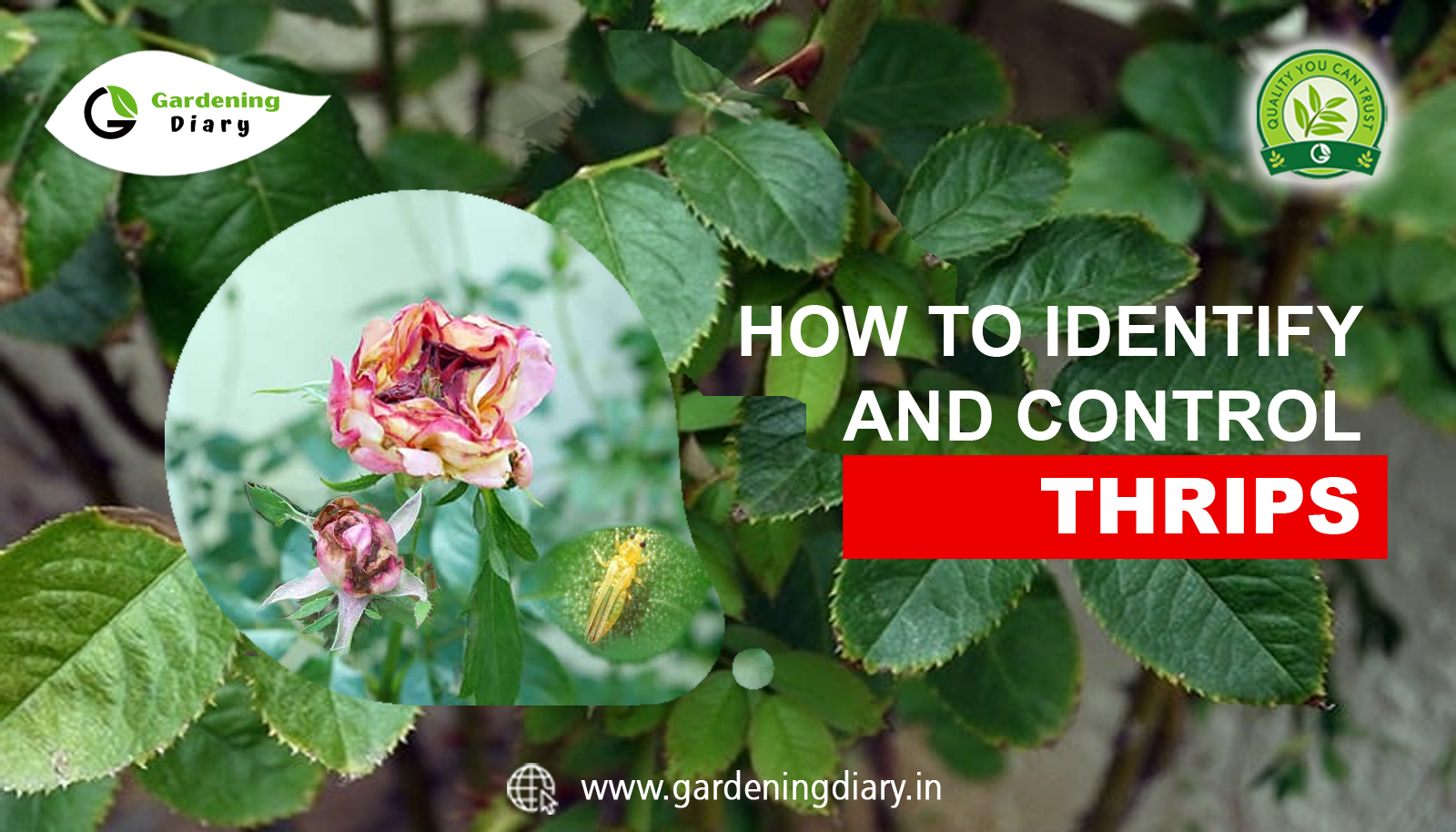
HOW TO IDENTIFY AND CONTROL THRIPS
Thrips are super tiny bugs that you might not even notice, but they can cause big problems for plants. They're like plant vampires, using their tiny mouths to pierce and suck out juices. These pests can mess up crops and flowers, and they even spread diseases to plants. With their long, fringed wings, they can fly around easily, making it tough to keep them away. Most thrips feed on plants but a few species are beneficial predators that feed on other insects and mites.
Ways to Identify Thrips:
Identifying thrips can be tricky because they're so small. Check the leaves and flowers of your plants for tiny, slender insects that are usually yellow, brown, or black. You might need a magnifying glass to see them clearly. Another way is silver or bronze streaks on leaves, which can indicate feeding damage. If you see tiny black dots on leaves or flowers, those could be thrips droppings. In the rose plant we can easily identify thrips, Peel back the first layer of petals, checking the base of the blossom for tiny brown to orange insects approximately 1/16 inch long. Check for browning areas, which can be especially visible on lighter colored blossoms.
How to control Thrips:
Controlling thrips requires a multi-faceted approach that combines preventive measures, cultural practices, and targeted interventions. These tiny pests can wreak destruction on plants, so effective management strategies are essential for maintaining plant health and minimizing damage.
Neem oil
Spray the leaves and flowers of infested plants with neem oil. Neem oil is a natural, biologically safe ingredient that kills thrips quickly.
Kem
Kem is recommended for controlling thrips in plants.
Water
Use a strong stream of water to wash thrips off plants. Repeat regularly to disrupt their lifecycle.
Exodus
Spray Exodus with cold water or plain water.
These methods can be effective in controlling thrips while minimizing harm to beneficial insects and the environment.
CONCLUSION
Finally getting rid of all thrips completely can be hard, especially outside where they can come from nearby places. But if you keep trying different methods like removing infested parts, using natural predators, and applying insecticides carefully, you can control thrips and protect your plants from their damage.
www.gardeningdiary.in